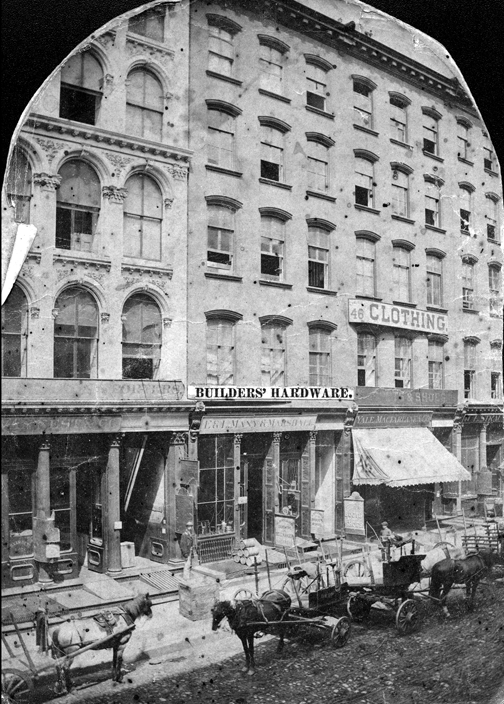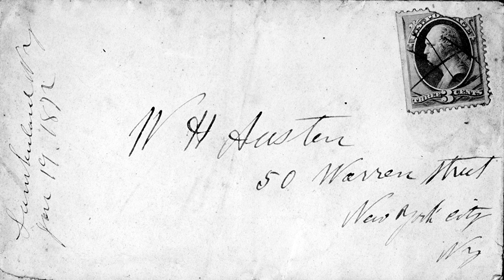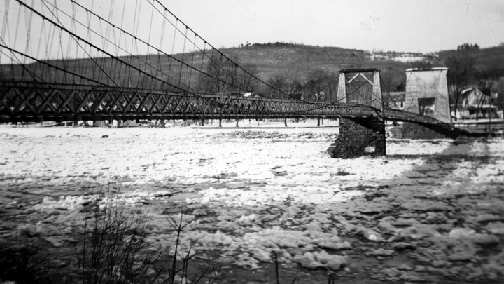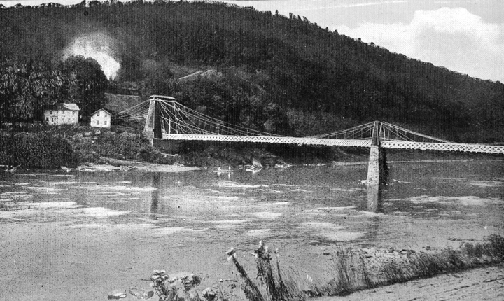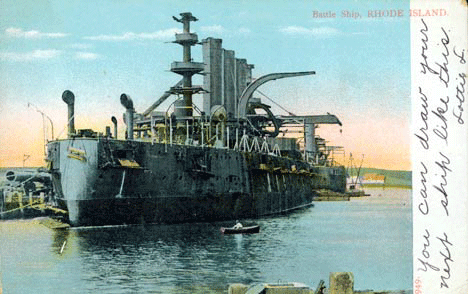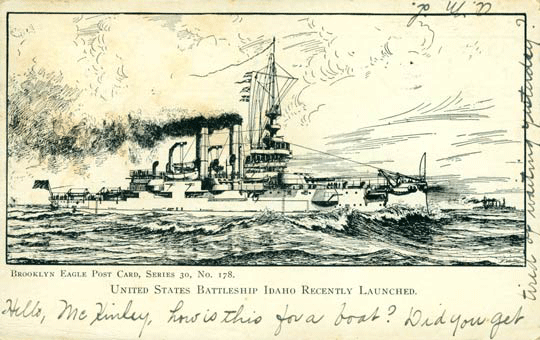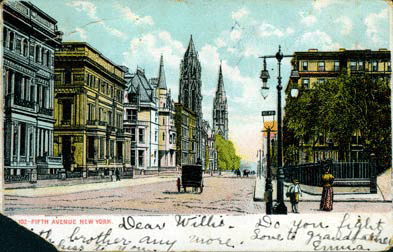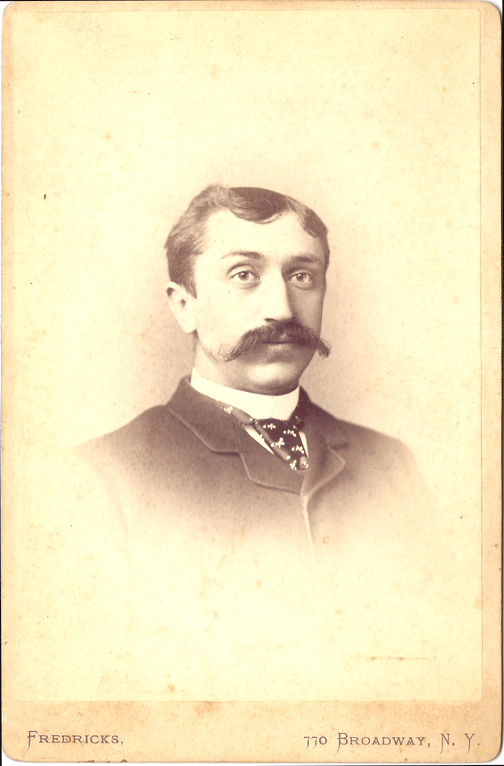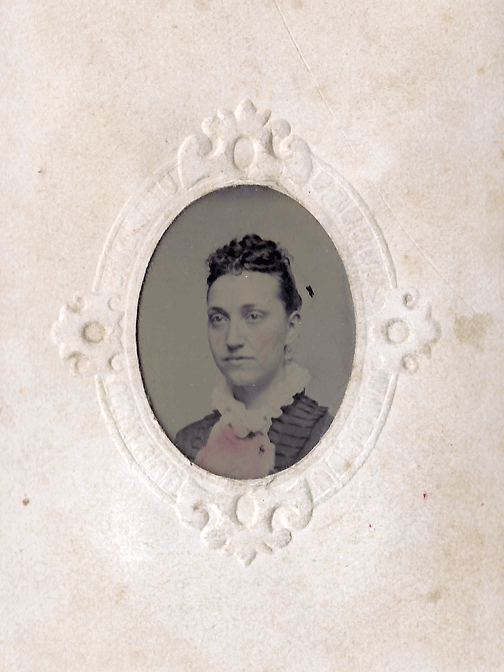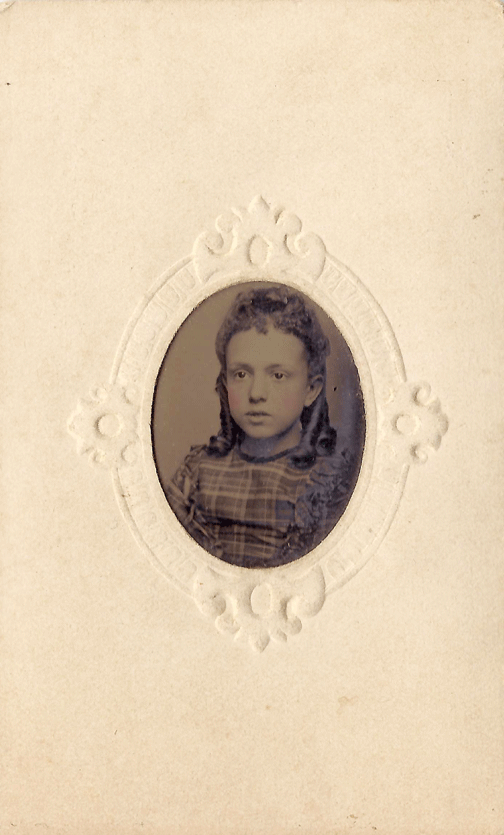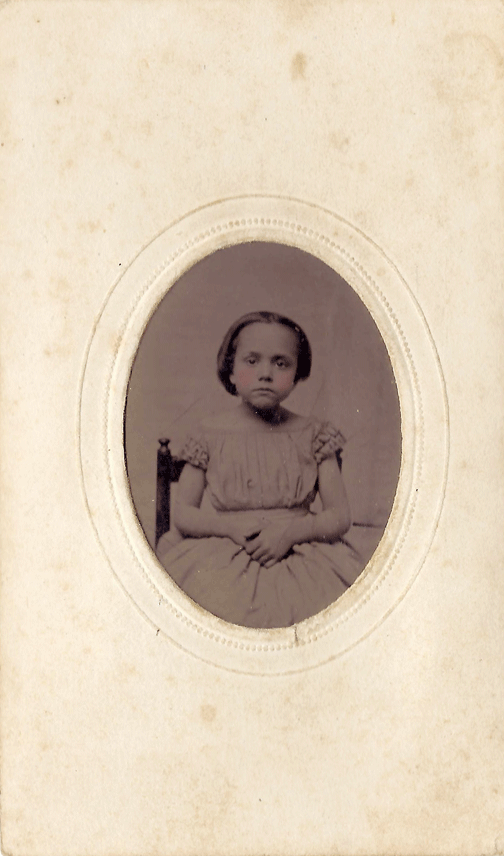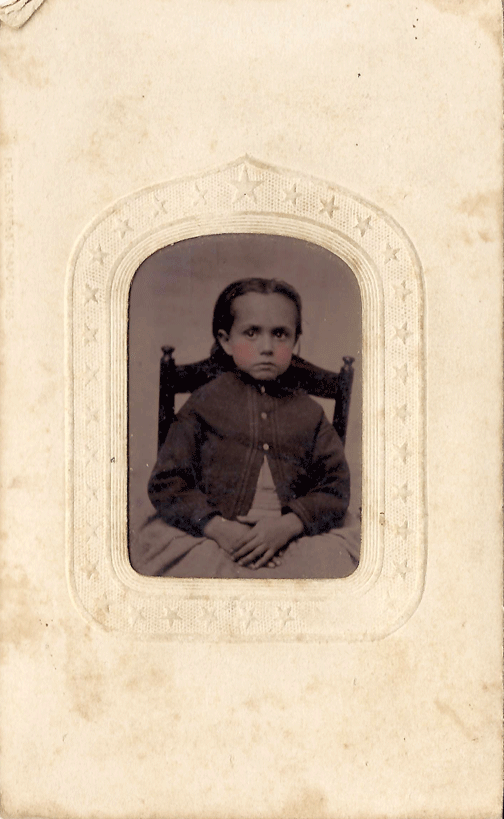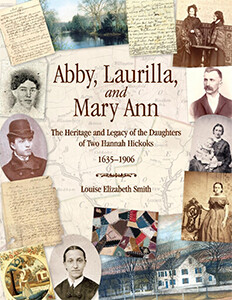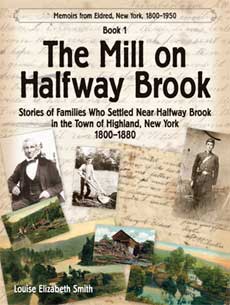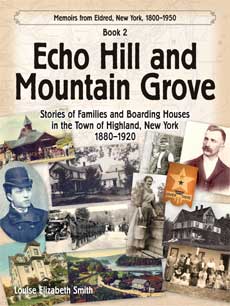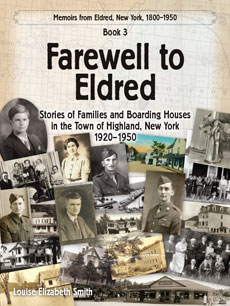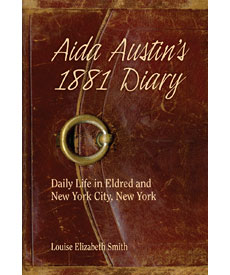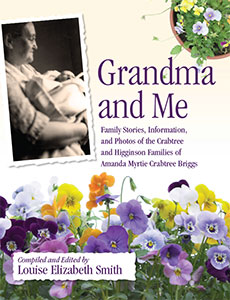This letter was written to Mary Ann Austin in Eldred, New York, from her niece, Addie Austin who lived in New York City. The bridge referred to is the Barryville-Shohola Bridge over the Delaware River, shown in the posts before and after this one.
New York, March 18, 1865
Dear Aunt Mary,
We have all been sick again (as usual), but I believe we are all convalescent now. I have been playing sick for the last few days but am getting about tired of it. I have been very sick of congestion of the lungs.
I have not been out of the house for over a month. I am going out next week if nothing happens.
Cousin George was here to see us about two weeks ago. He looks very well considering the “trying scenes” he has past through lately, don’t you think so?
Well how are you all getting along? Mother talks of coming up this summer, but whether it will end in talk or not I can not say.
We were very glad to hear that Uncle Henry was not drafted. How did it happen? I should have thought it would have past been his luck. There has been no battling in our district, nor will there be if the men volunteer fast enough to keep the Provost busy.
Mother finds liberty in employment in worrying about the draft. I don’t know what she will do for something to fret about should it pass on without hurting anybody.
How is Grandmother? Give her my love and tell her I have been quite a good girl lately. I have not laughed for sometime for the simple reason that I could not.
How is Aunt Laura’s baby? Emogene wrote that it was very sick. I hope she will not lose it. I suppose your boy is quite a young man if he grows at the rate he did when I was there.
I am glad to hear that Billy Myers was so sensible as to not go down with the bridge. (See above post.)
I am getting very tired and will try to bring this to a close before you get quite tired out. Mother sends her best love to you as do all of the rest.
Nettie talks of writing you today. She does not have much time for writing. You must give my love to Uncle Henry, Grandmother, and all my cousins both great and small.
Believe me with love, your affectionate niece,
Addie Austin
